Racing to the Top: How the Rashid Equestrian & Horseracing Club is Shaping Bahrain’s First International Jockey
At the Rashid Equestrian & Horseracing Club, the mission to develop Bahrain’s first international jockey is a journey grounded in science, precision, and elite performance standards. Using the UK National Horseracing benchmarks and analyzing top athletes like Frankie Dettori, we focused on building the physical attributes essential for success in international racing: cardiovascular endurance, core strength, balance, leg power, and stamina.
Key Requirements for an Elite Jockey (Needs Analysis)
1. Cardiovascular Endurance (>VO2 max of 58ml/kg/min):
Racing requires jockeys to maintain their focus and physical control under intense conditions. Achieving a VO2 max of 58ml/kg/min ensures they can endure the physical demands of a long race without succumbing to fatigue. At the Rashid Equestrian & Horseracing Club, we implemented a high-intensity cardiovascular training regimen, including interval-based running and cycling to simulate race day conditions and build endurance.
2. Core Strength:
A jockey’s core is their foundation for maintaining balance, control, and proper posture on the horse. Strong core muscles enable them to remain centered and poised, even at high speeds. Core training for our jockeys included dynamic exercises such as planks, Russian twists, and anti-rotation movements to improve stability and control during the race.
3. Balance:
High-level balance is critical for jockeys to maintain their position on the horse through rapid and unpredictable changes in speed and direction. We utilised advanced balance drills, such as single-leg stability exercises, Bosu ball squats, and reaction-based movements to sharpen the riders’ ability to remain steady and composed.
4. Leg Strength and Stamina:
Strong legs are essential for jockeys, allowing them to grip the horse and absorb the constant impact during the race. Building leg strength not only improves control but also ensures endurance throughout a race. Our training included strength exercises like squats, lunges, and plyometric movements to build explosive power and sustained endurance.
The Training Plan
Based on the needs analysis, we developed a structured, phased training program tailored to ensure our jockeys met the elite international standards of horseracing.
Phase 1: Building the Foundation (4-6 weeks)
The first phase focused on building the foundational fitness required for high-level performance:
- Cardio: Moderate-intensity aerobic exercises (e.g., running, cycling) for 30-45 minutes, 4-5 days a week, to build baseline endurance.
- Core: Foundational exercises like dead bugs, planks, and leg raises to develop core stability.
- Balance: Basic balance exercises such as single-leg stands and stability ball drills to build proprioception.
- Leg Strength: Bodyweight squats, lunges, and step-ups to develop baseline strength and stability in the legs.
Phase 2: Sport-Specific Training (4-6 weeks)
This phase focused on enhancing the specific physical traits needed for elite jockeys:
- Cardio: High-intensity interval training (HIIT), incorporating sprint intervals followed by recovery periods to improve VO2 max.
- Core: More advanced core exercises including rotational medicine ball throws and anti-extension movements like hanging leg raises.
- Balance: Introduced more challenging balance drills on unstable surfaces such as Bosu balls and balance boards, simulating the dynamic conditions of horse riding.
- Leg Strength and Stamina: Strength work shifted to include weighted squats, jump squats, and plyometrics for explosive power, along with endurance drills like hill sprints.
Phase 3: Race-Ready Optimisation (4-6 weeks)
The final phase focused on race-specific conditioning, preparing our jockeys for real-world competition:
- Cardio: Simulated race conditions with endurance runs combined with short, high-intensity bursts to replicate the physical demands of a race.
- Core and Balance: Continued with advanced core and balance training, incorporating functional movements that mimic race situations.
- Leg Strength: Focused on explosive power through plyometric exercises and combined them with longer endurance sessions to ensure both strength and stamina on race day.
The Results and Next Steps
By following this detailed, phased approach, our jockeys at the Rashid Equestrian & Horseracing Club made substantial improvements, reaching the rigorous performance standards required of professional jockeys. With increased cardiovascular fitness, enhanced core stability, better balance, and improved leg strength, they are now positioned to compete on an international level.
The journey of developing Bahrain’s first international jockey has been one of dedication and innovation, and it continues as we refine our training methods. The Rashid Equestrian & Horseracing Club is proud to lead the way, ensuring our athletes are equipped with the skills, fitness, and expertise to excel on the global stage.
As we look toward the future, we remain committed to supporting our jockeys in achieving their full potential and putting Bahrain on the international horseracing map.









